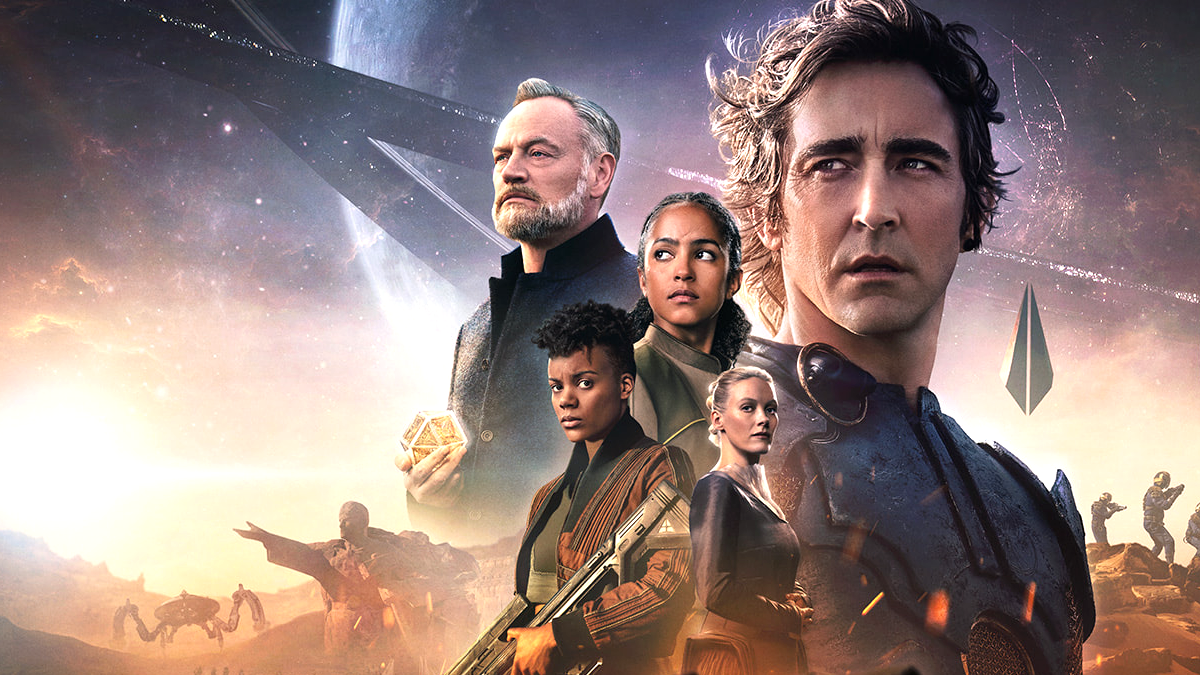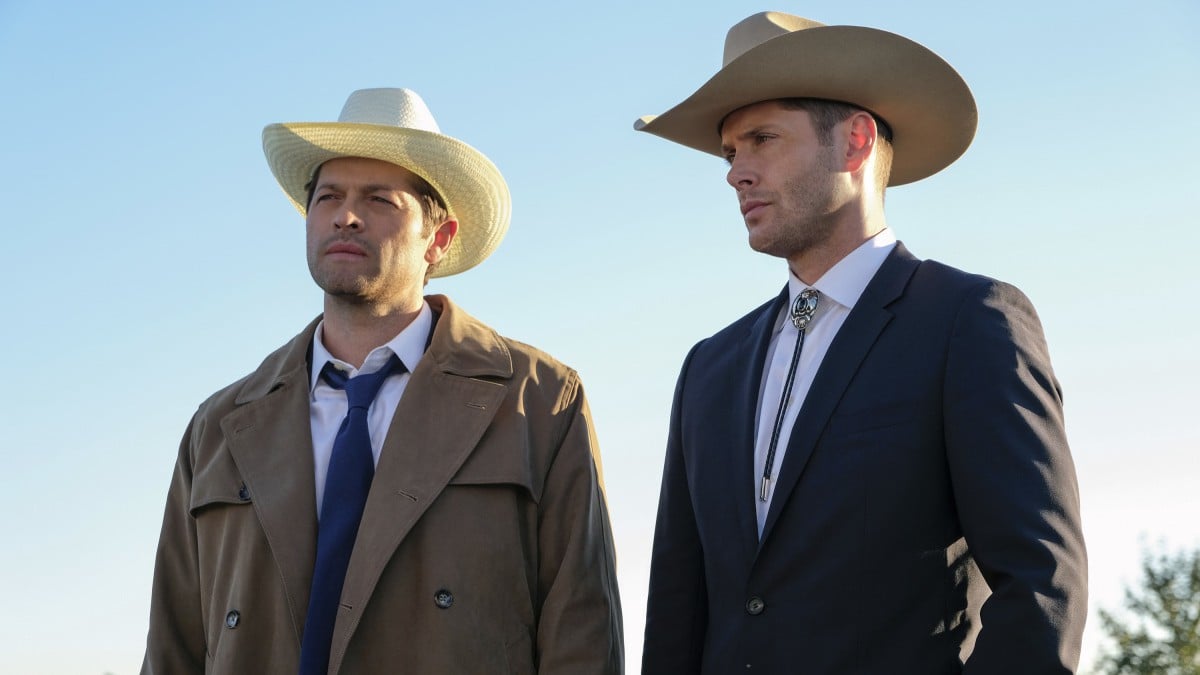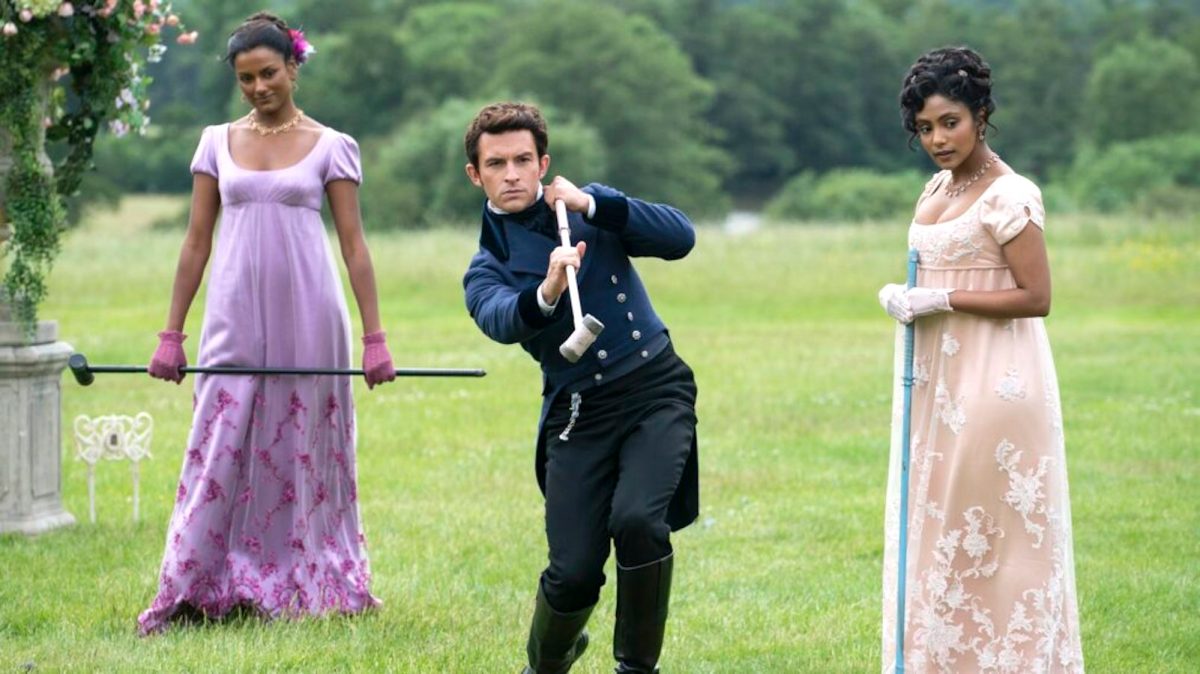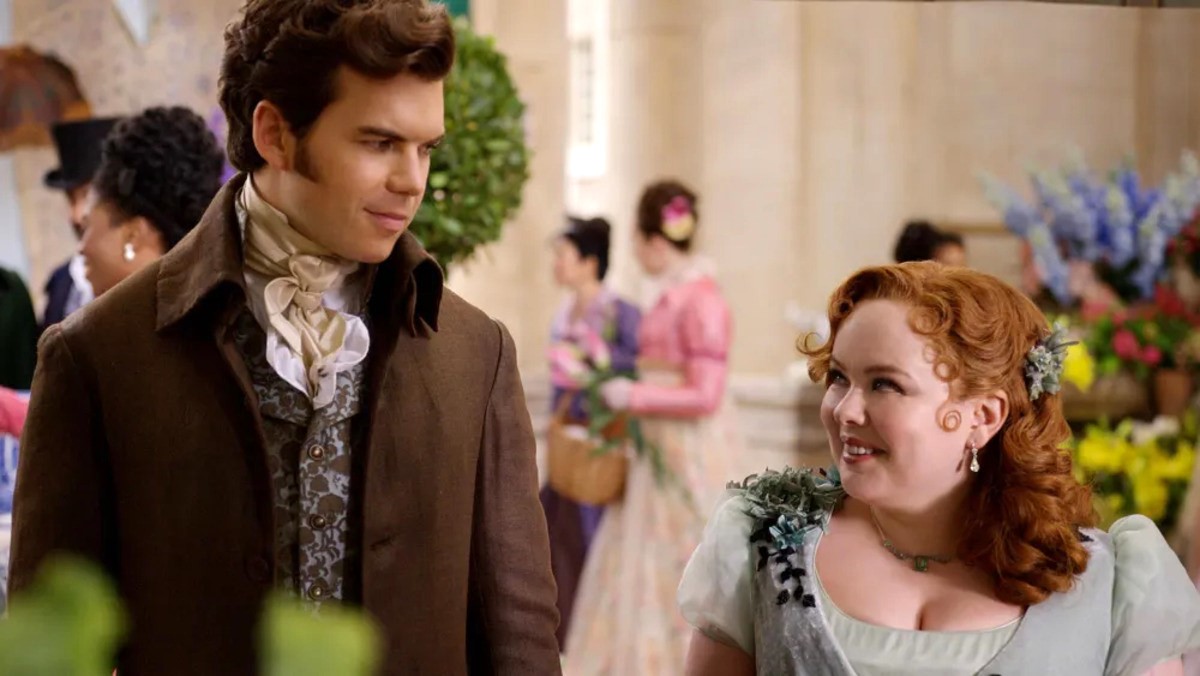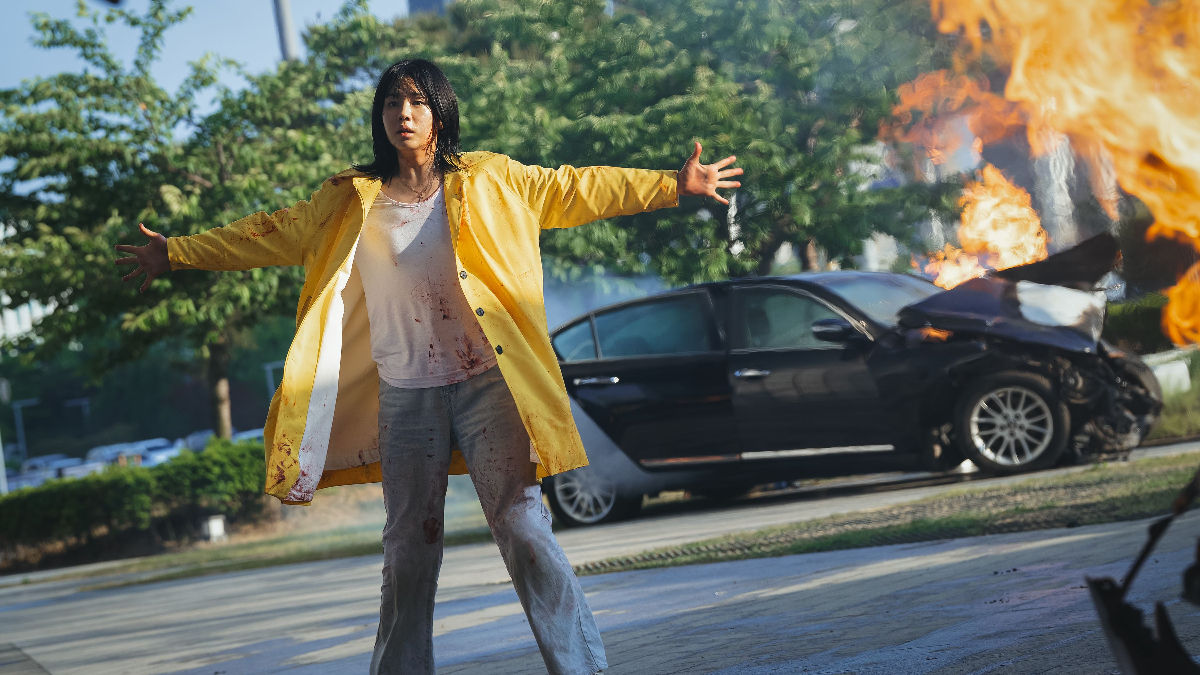In the 1940s, acclaimed sci-fi author Isaac Asimov dared to write about humanity’s far future — nearly 50,000 years into the future, to be exact. And now the “unfilmable” Foundation novels are in the second season of their TV adaptation. Few writers other than Asimov could have invented a universe where trillions of humans have spread to millions of colony worlds, and still keep the series feeling readable.
The original novels were all published as short stories in Astounding Science-Fiction magazine between May 1942 and January 1950. Eventually, these were collected together and edited into the books available today.
If you are a fan of the latest TV show, you must give these fantastic novels a try. Be warned, though, they differ in a number of ways but give readers a far better understanding of the wonderfully complex Foundation universe.
Foundation (1951)
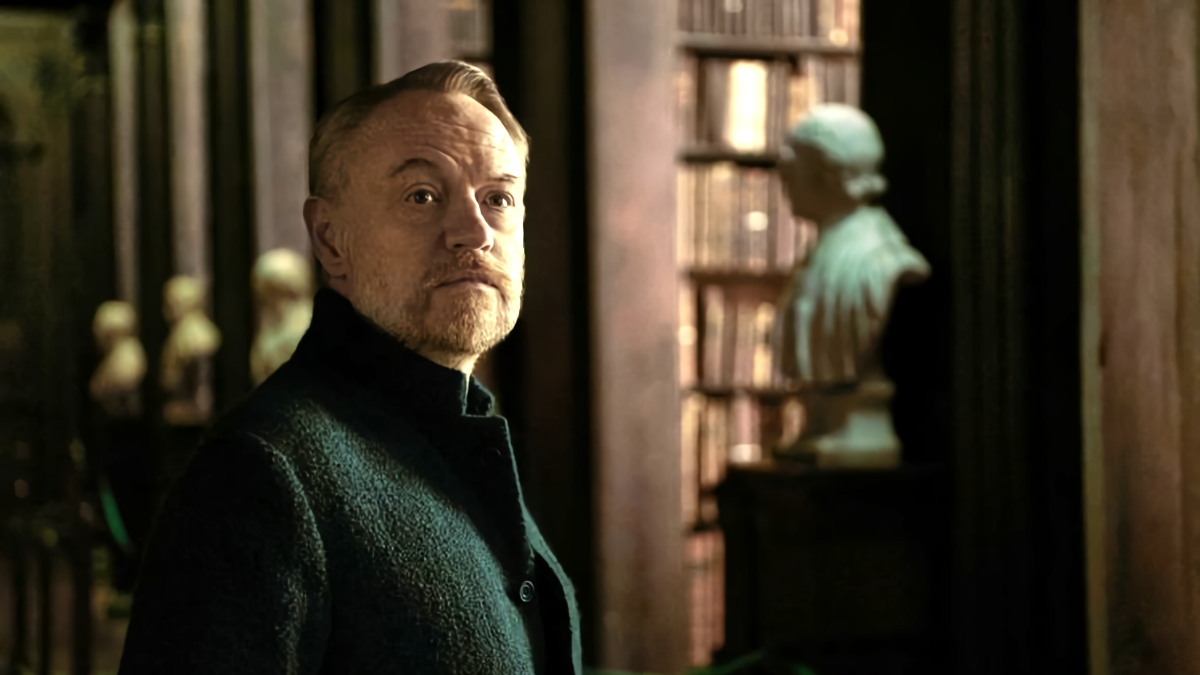
The Galactic Empire is dying. Human colony worlds will devolve into chaos when central authority collapses. Into this catastrophe steps the brilliant Hari Seldon with a plan. Not to save the Empire, but instead create a place where human knowledge can be safely stored so that, in time, a new Empire can rise from the ashes. Seldon invents psychohistory, a revolutionary field of study that can predict how and when the Empire will fall. He creates the Foundation, a library-planet filled with scholars and scientists. But the secrets that lie within the Foundation will provide untold power to those who discover them, and before long, Seldon’s dream is at the mercy of a pack of local warlords.
Asimov wrote the first Foundation story in 1942 when it looked like the Nazi empire would dominate Europe. His basic message was that all empires will destroy themselves eventually, and societal collapse and reconstruction come in a never-ending cycle.
The book is a great read, broken up into five short stories each set decades apart. While the concepts are colossal and mind-bending, Asimov does a fine job of keeping you hooked.
Foundation and Empire (1952)

Seldon’s Foundation has survived the assaults of the barbarous warlords, but must now face its greatest threat — the crumbling Empire itself. Since his death, the Foundation has grown and prospered but has now caught the attention of General Bel Riose, a man who will stop at nothing to capture the Foundation and its incredible technologies. But Riose has a hard time understanding psychohistory, and an even harder time accepting that, no matter what he does, his failure is inevitable.
Foundation and Empire still features big concepts but is far more the swashbuckling adventure story synonymous with ’50s sci-fi. It is more readable than the first book, while still retaining that hard sci-fi element that makes Asimov’s writing so distinct.
Second Foundation (1953)
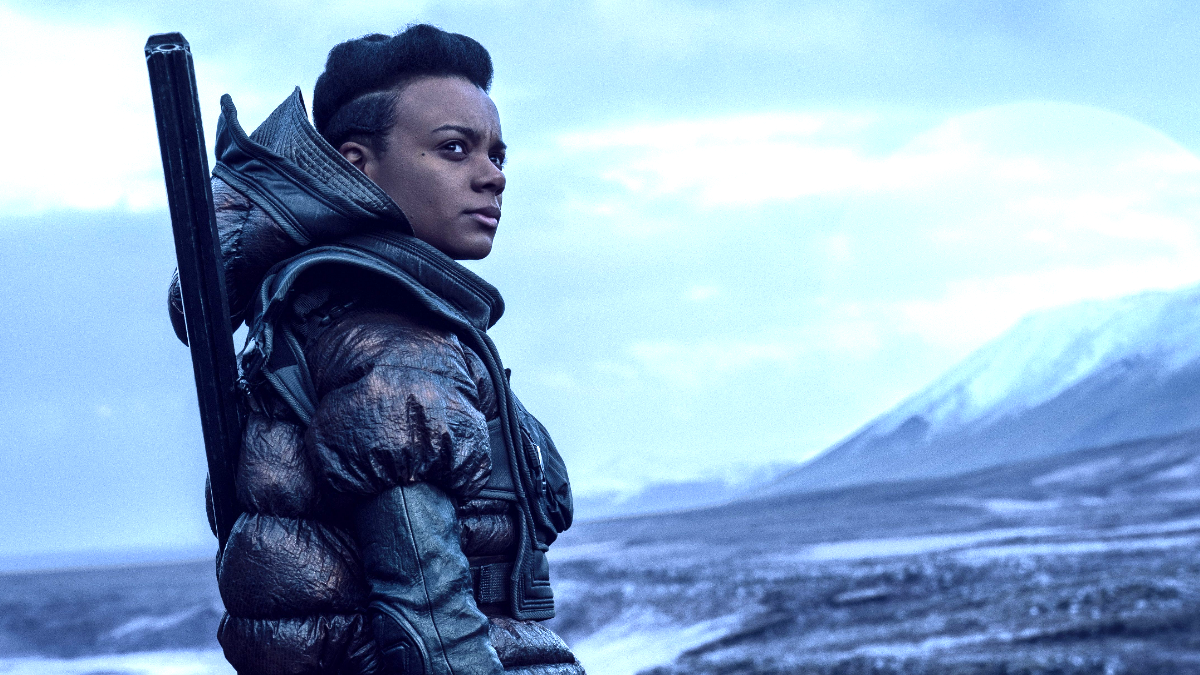
Hari Seldon’s legacy echoes down the ages with rumors of a Second Foundation at the other edge of the galaxy. This causes a whole new set of problems for the scholars and scientists of the First Foundation to overcome. But before they can go to interstellar war, they have to discover exactly where the Second Foundation is. Second Foundation is full of surprises when it turns out that Seldon was thinking bigger than anyone ever dared to imagine.
This final novel in the original trilogy again focuses on the action. There are titanic Star Wars-scale battle scenes and a final confrontation that leaves every character scratching their head.
Foundation’s Edge (1982)
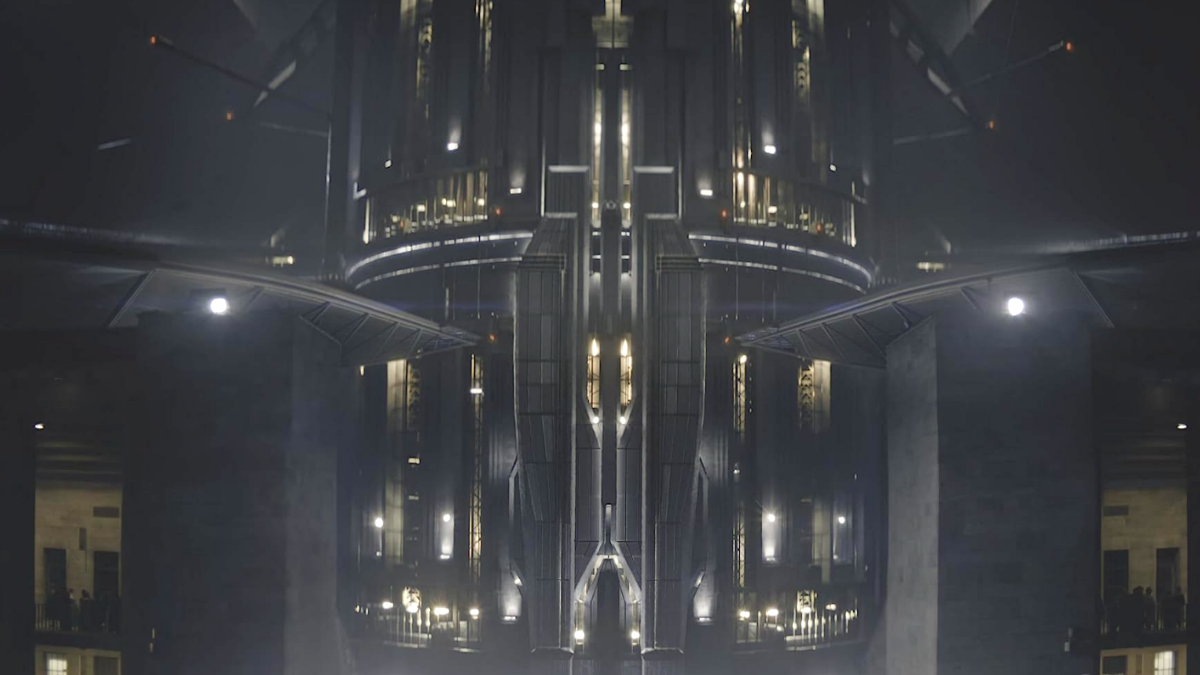
After nearly 30 years, Asimov was persuaded by his fans and, as he later admitted, a significant payment from his publisher, to write more Foundation novels.
Foundation’s Edge picks up the story from the events of Second Foundation. The war between the Foundations has finally come to an end and the First Foundation has emerged victorious. But there are domestic dissidents — chiefly those who question the now-sacred Seldon Plan. One of these doubters is renegade councilman Golan Trevize. He teams up with doddering historian Janov Pelorat, and together, they embark on a journey across the splintered galaxy to locate Gaia — a mythical world that may not even exist. But the acolytes of the Second Foundation still lurk in the shadows, racing to uncover the truth.
By the ’80s, Asimov had changed his writing style considerably. All those Hugo and Nebula awards made him much more commercially focused. While Foundation’s Edge doesn’t have as many mind-blowing concepts as the first three books, it is much more readable for a general audience and answers some pretty big questions about Hari Seldon and his near-limitless vision.
Foundation and Earth (1986)

Foundation and Earth continues the saga of Golan Trevize and his quest to discover the mythical Earth — a planet that has, for some reason, been erased from all historical records. As he sets out on his journey through the galaxy, he uncovers a number of unique civilizations, all with different ways of structuring their societies.
While the book is bloated and a bit like a lecture, it does have some good moments that make it worth a read. It also goes a long way to explaining the incredibly complex story Asimov has woven and leaves the reader feeling numbed by how insignificant humanity appears to be.
Prelude to Foundation (1988)
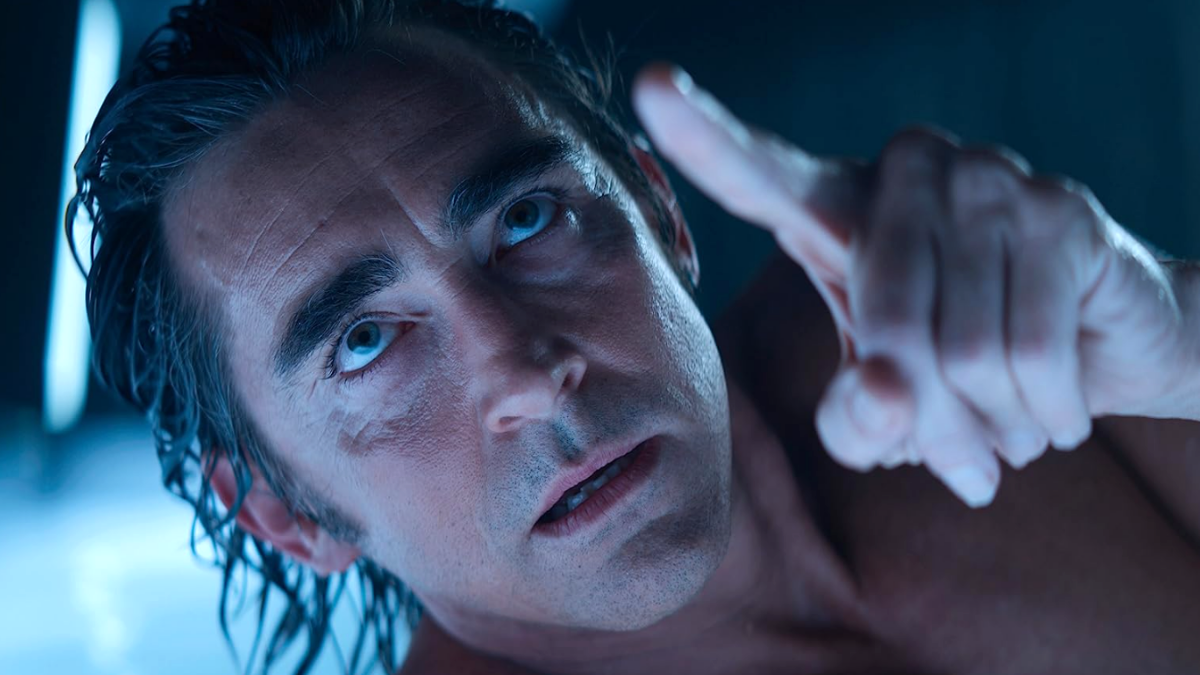
Prelude to Foundation was a prequel written on the success of the previous two books. We travel back in time to the events before the first Foundation novel and are again introduced to psychohistorian extraordinaire Hari Seldon (who is alive, not just appearing on pre-recorded holo-tapes).
After presenting his paper on psychohistory to the crumbling Empire, Seldon quickly becomes the most wanted man in the galaxy.
Prelude to Foundation is a much more conventional novel that focuses on one protagonist and really develops his character.
Forward the Foundation (1993)
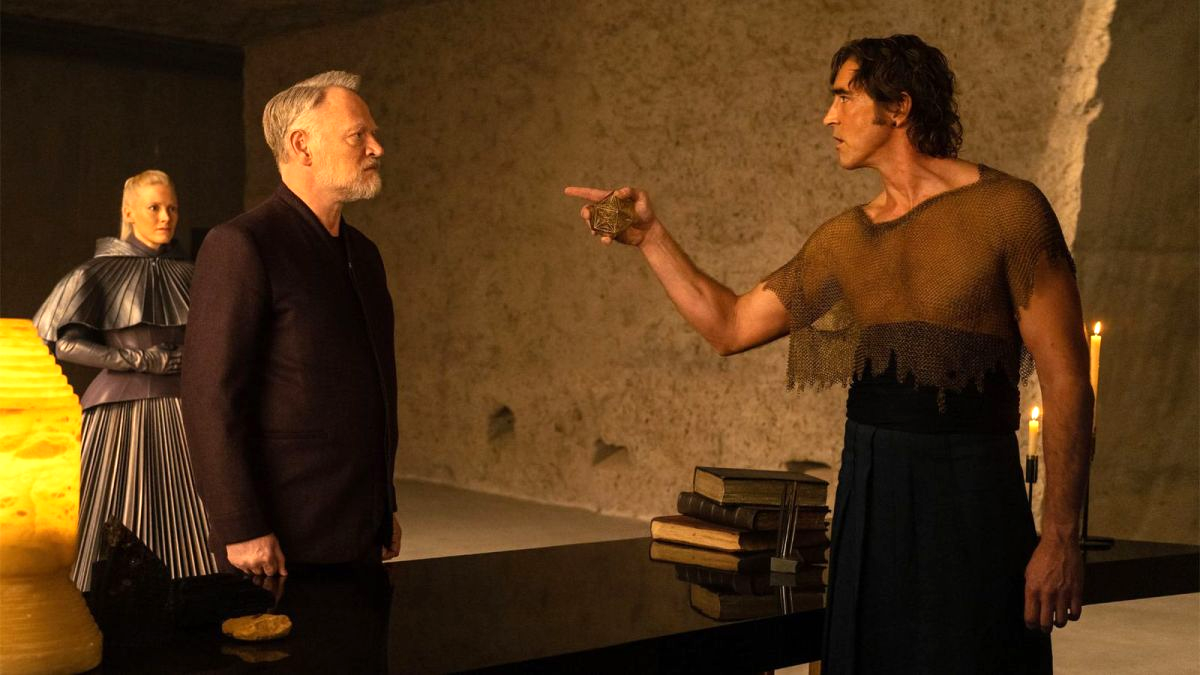
The final Foundation novel penned by Asimov continues to chart the life and career of Hari Seldon as he takes psychohistory from a vague theory to a practical method of saving the galaxy. Seldon is dragged into the world of cut-throat Empire politics and must use all his wits to survive. We see him create the Seldon Plan to shorten the time between the collapse of society and its re-emergence, and we also see him secretly establish the Second Foundation.
Again, this is a fine, entertaining novel that closely follows the most complex character in the series. It is a decent final addition to one of the greatest science fiction series of all time.

